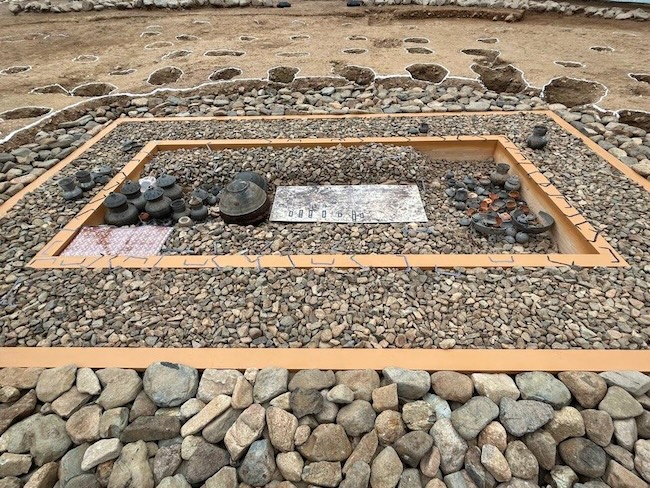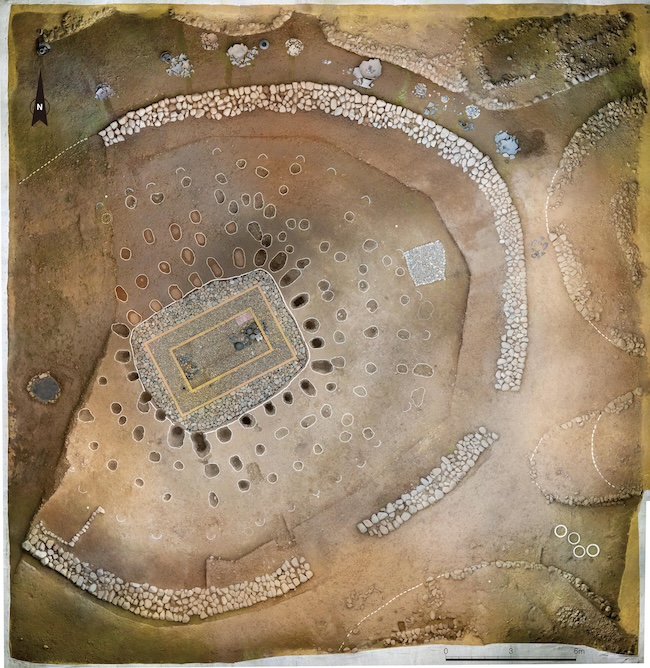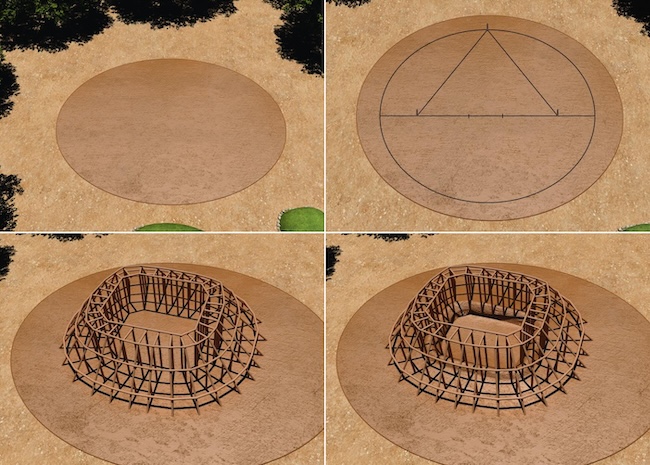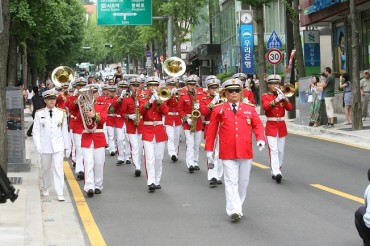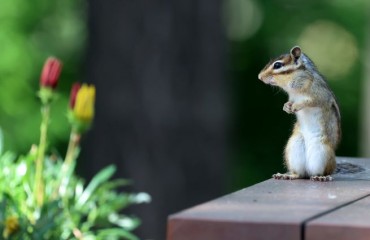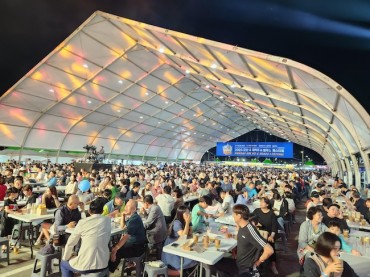SEOUL, Nov. 23 (Korea Bizwire) – A project to reconstruct Silla Ancient Tomb No. 44 at Jjoksaem in Gyeongju, North Gyeongsang Province, linked to a Silla princess who passed away 1,500 years ago, is set to commence.
The Gyeongju National Research Institute of Cultural Heritage announced on Wednesday that it will hold an explanatory briefing on the launch of the project to rebuild Silla Ancient Tomb No. 44 at Jjoksaem and demonstrate some processes at the Jjoksaem Historic Museum on November 29 at 2 p.m.
The Jjoksaem No. 44 tomb is believed to have belonged to a young female member of the Silla royal family. The exact location of the tomb was confirmed during the investigation of the Jjoksaem district, an area where upper-class individuals, including the royal family and nobles, were primarily buried during the 4th to 6th centuries. Excavation of the tomb has been ongoing since 2014.
An abundance of luxurious ornaments, including a gilt-bronze crown, shoes, gold pendants, a stone mortar and pestle, baduk stones, and ornaments made by layering the wings of jewel beetles have been discovered, capturing considerable attention from academic communities.
The Gyeongju National Research Institute of Cultural Heritage plans to carry out the project to rebuild the tomb at the location where the excavation of the No. 44 tomb was completed. The process of making the Silla stone-piled wooden chamber tomb will be demonstrated for about two years.
An official from the Gyeongju National Research Institute of Cultural Heritage stated, “We will recreate the tomb up to the 11th stage, which involves placing the corpse and burial accessories, out of the complete tomb-building process, which consists of a total of 21 stages.”
During the explanatory briefing, the Gyeongju National Research Institute of Cultural Heritage plans to demonstrate some of the tomb-making processes. Demonstrations include leveling the ground for the tomb’s location, layering fine earth to create the boundaries of the tomb, and setting up wooden pillars.
Additionally, the Gyeongju National Research Institute of Cultural Heritage will demonstrate the ritual of breaking and spreading scores of pottery before the full-scale launch of the tomb-making process.
Image and Video credit: The Gyeongju National Research Institute of Cultural Heritage / photonews@koreabizwire.com


